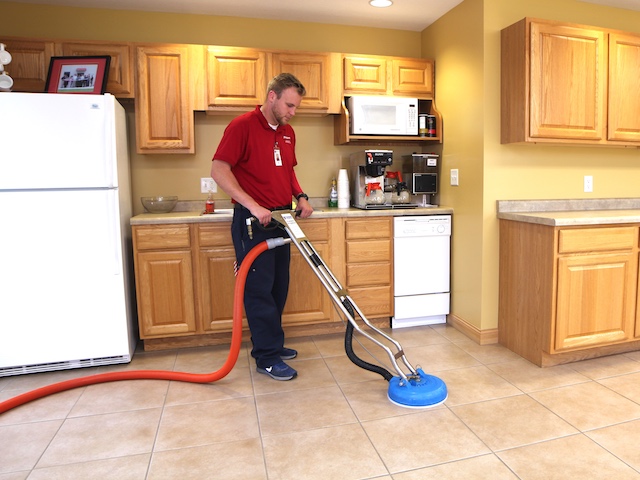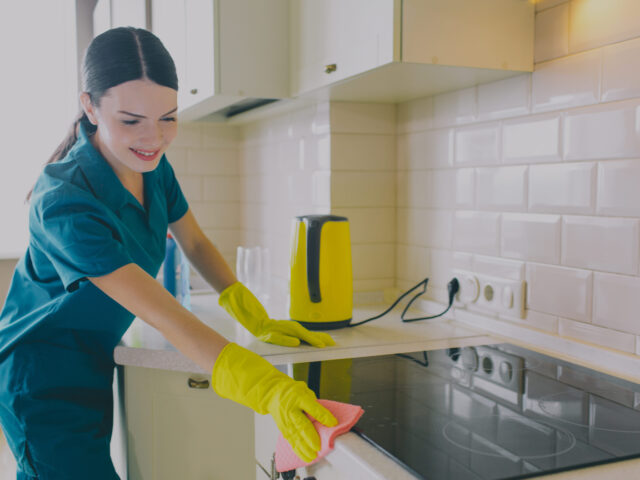Maintaining a clean and organized home can often feel like an overwhelming task, especially for busy parents juggling work, school activities, and household duties. However, a clean and organized space not only improves your home’s aesthetic but also reduces stress and promotes better mental well-being. The good news is you don’t need to spend hours each day cleaning and organizing. By dedicating just 30 minutes a day to this task, you can keep your home neat and tidy without feeling overwhelmed.
In this blog post, we’ll show you how to break down home organization and cleaning into manageable chunks, making it easy to keep your home clean without sacrificing too much time. Let’s dive into some practical tips for organizing and cleaning your home in just 30 minutes a day.
1. Set a Timer for Efficiency
The first step in organizing and cleaning your home in 30 minutes a day is setting a timer. By doing so, you’ll create a sense of urgency that helps you stay focused and motivated. Instead of thinking about cleaning as a never-ending chore, you’ll approach it as a focused session that’s quick and manageable.
2. Focus on One Area at a Time
Trying to clean the entire house in 30 minutes can be counterproductive. Instead, focus on one area or room at a time. Whether it’s the kitchen, living room, or a bathroom, breaking down tasks by space will allow you to maintain a higher level of organization and cleanliness without feeling overwhelmed. Here’s a simple breakdown of how you can organize your daily cleaning schedule:
- Monday: Kitchen cleaning and organizing
- Tuesday: Living room tidying and dusting
- Wednesday: Bathroom deep clean
- Thursday: Bedroom declutter and organizing
- Friday: Entryway or hallway cleaning
- Saturday: Laundry and folding
- Sunday: Miscellaneous tasks or touch-up cleaning
By sticking to this schedule, you’ll gradually work through each area of your home while keeping the daily tasks short and manageable.
3. Declutter First
Before you start scrubbing surfaces or vacuuming, decluttering is the essential first step in any cleaning process. If you don’t declutter first, you’ll end up wasting time moving things around just to clean surfaces that aren’t clear.
Spend the first 10 minutes of your 30-minute session decluttering the area you’re focusing on. For example, if you’re tackling the kitchen, put away dishes, remove any counter clutter, and clear out items that don’t belong. If you’re working on the living room, tidy up the toys, magazines, or other random items that tend to accumulate.
4. Work from Top to Bottom
When cleaning a room, always start from the top and work your way down. Dusting light fixtures, shelves, and counters first ensures that any dust or debris falls to the floor, where you can easily clean it up after.
For instance, in the living room, dust shelves, tables, and electronics before vacuuming the floor. This method ensures that you’re not wasting time by cleaning the floors before you clean the surfaces that will cause dust to fall onto them.
5. Use the Right Tools for Efficiency
The right tools can make your cleaning tasks much quicker and easier. Instead of running around gathering supplies, keep your cleaning essentials organized and within reach. Here’s a list of tools that can help you clean efficiently:
- Multi-surface cleaner: A versatile cleaning product that works on most surfaces.
- Microfiber cloths: They trap dust and dirt without leaving streaks.
- Cordless vacuum or handheld vacuum: For quick clean-ups of floors, upholstery, and hard-to-reach corners.
- All-purpose wipes: Great for wiping down kitchen counters, bathroom surfaces, or even high-touch areas like doorknobs and light switches.
- Storage bins or baskets: Use these to quickly organize clutter in any room.
Having these tools on hand makes cleaning faster, allowing you to spend less time looking for items and more time actually cleaning.
6. Tackle the High-Impact Areas
Some areas of your home tend to collect more dirt, dust, and clutter than others. By focusing on these high-traffic areas, you can achieve visible results in less time. For example:
- Kitchen: Clean countertops, wipe down cabinets, and clean the sink and faucet. Don’t forget to quickly sweep the floor, especially around food prep areas.
- Living room: Dust the furniture, wipe down electronics, and quickly vacuum high-traffic spots like the couch or rug.
- Bathrooms: Clean the toilet, wipe down mirrors, and disinfect sinks and counters. Quick, effective cleaning of these areas ensures that your home feels fresh and presentable.
If you’re finding it challenging to maintain a consistent cleaning routine, you might consider hiring professional house cleaners in Bournemouth. They can help take the pressure off by deep cleaning areas that need extra attention or managing tasks when life gets too busy.
7. Involve the Whole Family
Cleaning doesn’t have to be a solo activity, especially if you have kids old enough to pitch in. Organizing your home together as a family can make the process quicker and more enjoyable. Here are a few ways to get the family involved:
- Assign simple tasks: Give each family member a specific task (e.g., folding laundry, putting away dishes, wiping down counters) that fits within their skill level.
- Make it fun: Turn cleaning into a game by racing to see who can put away their toys or clothes the fastest. You could also play upbeat music to make the cleaning session more enjoyable.
- Teach kids how to maintain order: Encourage kids to put away their belongings after using them to prevent clutter from accumulating.
By delegating tasks, you’ll not only reduce the time spent cleaning but also teach your kids responsibility and the importance of maintaining a clean home.

8. Use a Cleaning Schedule for Long-Term Success
While dedicating 30 minutes a day is effective for daily maintenance, setting up a weekly or monthly cleaning schedule helps you stay on top of deep cleaning tasks that don’t need to be done every day. For example, once a week, you can allocate 30 minutes to tasks such as:
- Washing the windows
- Scrubbing the shower or tub
- Cleaning under furniture
- Wiping down baseboards
These deeper tasks won’t need to be done daily, but tackling them once a week ensures that your home stays clean without feeling like you’re always cleaning.
9. Stay Consistent
The key to organizing and cleaning your home in 30 minutes a day is consistency. It might feel like you’re not making a huge difference at first, but over time, you’ll see the results of your effort. By cleaning just a little each day, you’ll maintain an organized home, and the tasks will become second nature. Keep your routine flexible—sometimes life gets in the way, and that’s okay. The most important thing is that you remain consistent, even if you need to switch up your schedule.
Conclusion
Organizing and cleaning your home doesn’t have to take hours of your day. By setting aside just 30 minutes a day, focusing on one area at a time, and involving your family, you can keep your home clean and organized with minimal effort. Remember, it’s all about consistency and making the most of the time you have. With a little dedication, you’ll enjoy a clutter-free home that promotes a peaceful, stress-free environment for you and your family. Happy cleaning!




